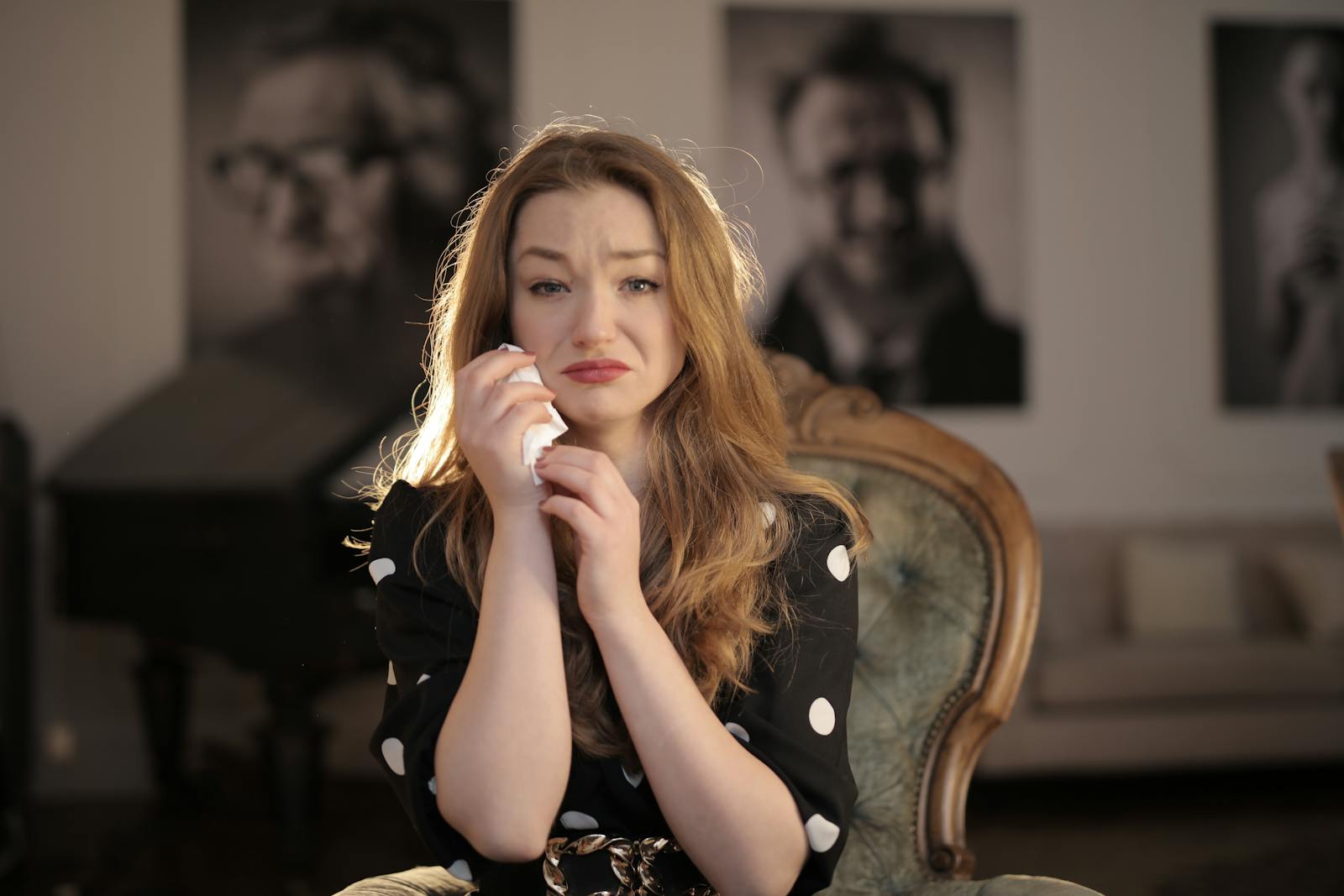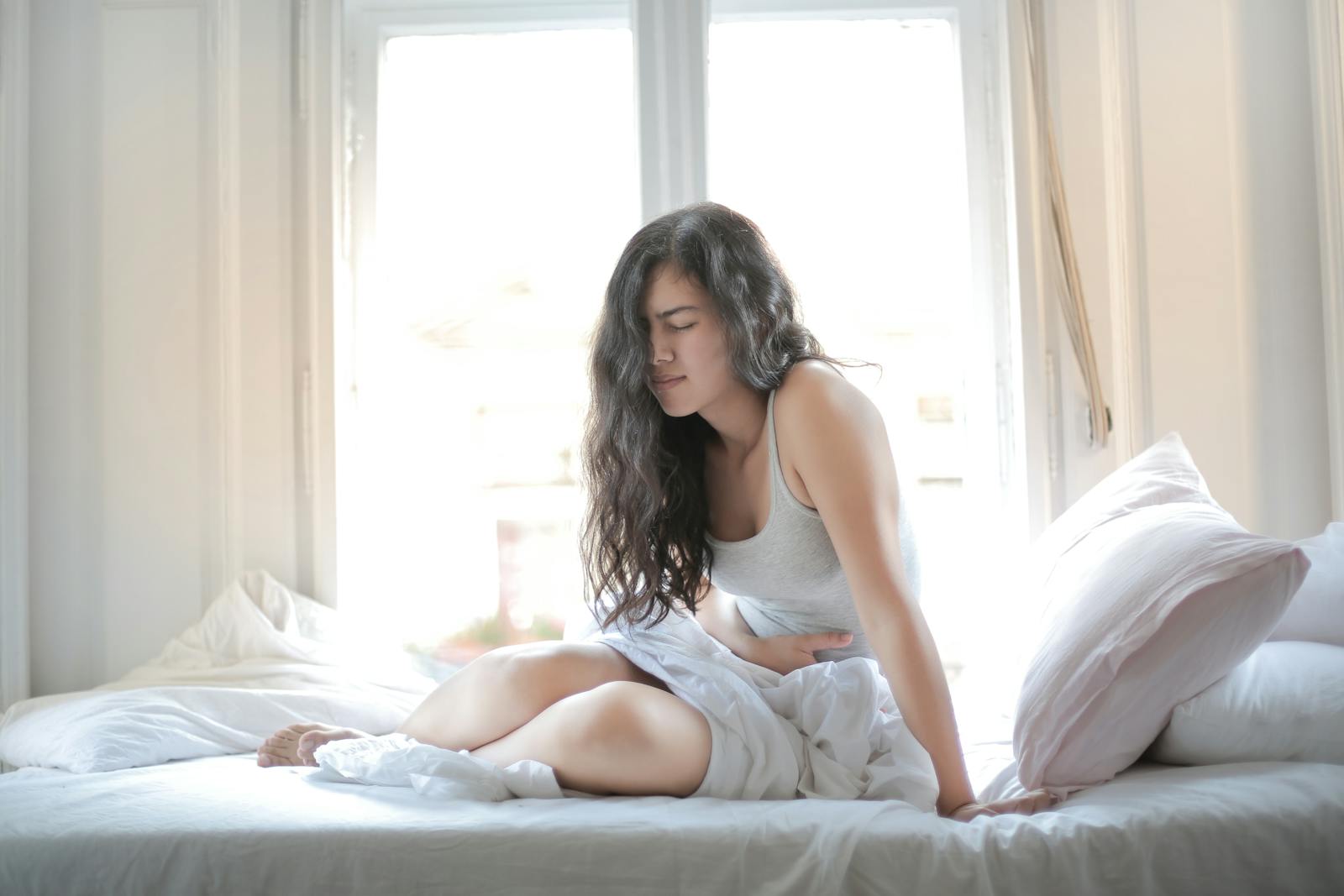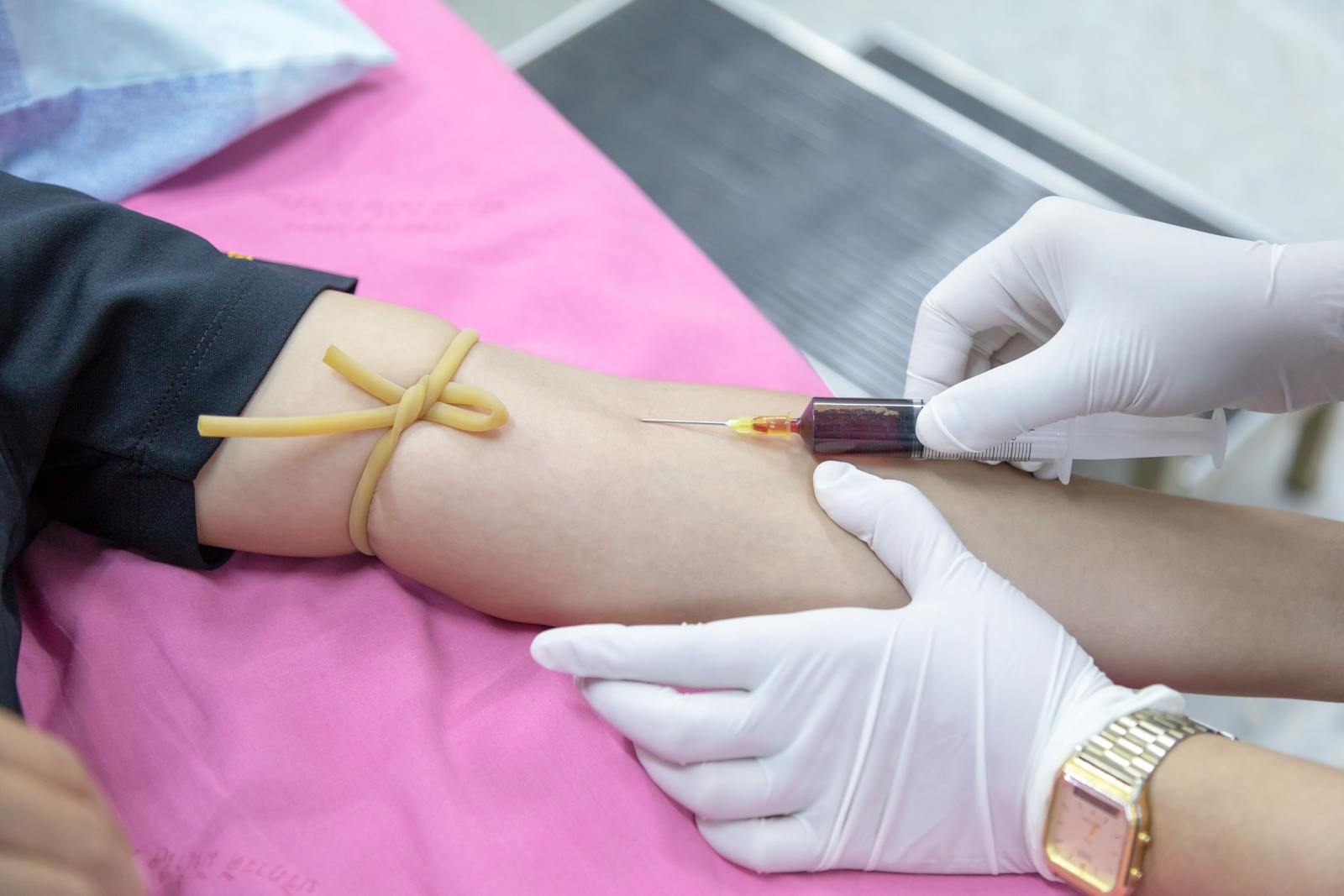Hair loss isn’t just a male issue. Women are increasingly facing thinning hair, with cases reportedly rising by 10% each year. Unlike male-pattern baldness, which is primarily genetic, female hair loss often stems from lifestyle and hormonal changes.
Understanding Normal vs. Abnormal Hair Shedding
Shedding up to 100 hairs a day is typical and generally unnoticeable. It becomes apparent when washing or brushing hair. However, losing more than 150 hairs daily signals a pathological condition that warrants attention. Seasonal changes also influence hair shedding: while summer encourages hair growth due to increased light exposure, autumn often brings more visible loss.
Stress plays a pivotal role. It triggers hormonal shifts that can weaken hair follicles and accelerate shedding. Consequently, women experiencing significant stress may notice a sharper decline in hair volume.
Diagnostic Approach
To determine the root cause of hair loss, comprehensive testing is essential. Physicians typically recommend blood tests evaluating hormone levels (pituitary, thyroid, adrenal, ovarian, or testicular) alongside nutrient reserves like iron, zinc, copper, and vitamins. In select cases, a scalp biopsy may be necessary to confirm the diagnosis and guide treatment.
The Role of Shampoos and Topical Care
Shampoos, even those marketed as anti-hair loss, are supportive rather than curative. Their main purpose is to maintain scalp health and cleanliness, particularly in cases of seborrheic dermatitis or dandruff. While these products can stabilize the scalp environment, reversing hair loss requires medical intervention.
Medically Approved Treatments
For Men
Topical options: Minoxidil stimulates cellular division in hair follicles, promoting growth, while Avicis (17-alpha-estradiol) inhibits DHT formation, preventing follicle miniaturization.
Oral therapy: Finasteride blocks 5-alpha-reductase, the enzyme converting testosterone into DHT, addressing hair thinning at its hormonal root.
For Women
Topical options: Minoxidil and Avicis mirror the male regimen in stimulating growth and limiting DHT-related follicle shrinkage.
Oral therapy: Flutamide blocks androgen activity, preventing male hormones from affecting hair follicles. Treatment must be supervised by a physician due to potential individual side effects.
Debunking Common Misconceptions and Practices
Several hair care practices are often misunderstood regarding hair loss:
- Daily tight hairstyles, such as ponytails or braids, can cause traction alopecia, particularly in Black women. Occasional styles are generally safe.
- Heat styling tools—flat irons and blow dryers—can damage hair shafts, especially with frequent use. Alternating days can mitigate harm.
- Styling products like gels, mousses, leave-in conditioners, and creams do not influence hair shedding, though they may reduce shine or cause dryness.
- Laser treatments lack ethical approval for hair loss therapy; they may only be performed experimentally in university or research settings.
Expert Insights
“Every time we notice an increase in hair shedding, we’re likely facing an abnormal loss scenario,” notes Dr. Valcinir Bedin, a specialist in dermatology.
Modern medicine offers several avenues for managing hair loss. While topical and oral medications are central, lifestyle adjustments and careful hair care routines significantly influence outcomes. Maintaining nutrient balance, minimizing stress, and avoiding damaging styling practices can complement medical treatments, enhancing overall hair resilience.
Addressing hair loss in women demands an integrative approach. From precise hormonal evaluation to targeted medication and mindful daily care, the strategy should be both proactive and personalized. Observing early signs, seeking timely consultation, and following a structured plan allow women to preserve hair health, prevent progression, and regain confidence. Modern therapies, when paired with traditional hair care wisdom, offer a realistic pathway to stronger, fuller hair, even in the face of increasingly common shedding challenges.




